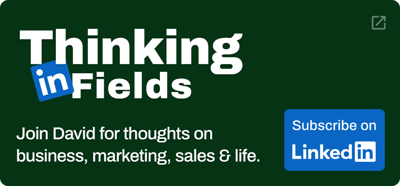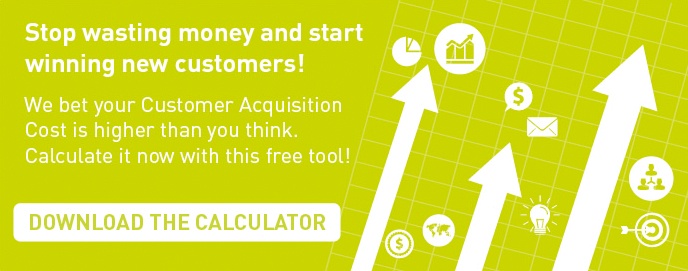Can Online and Offline Marketing Work Together?
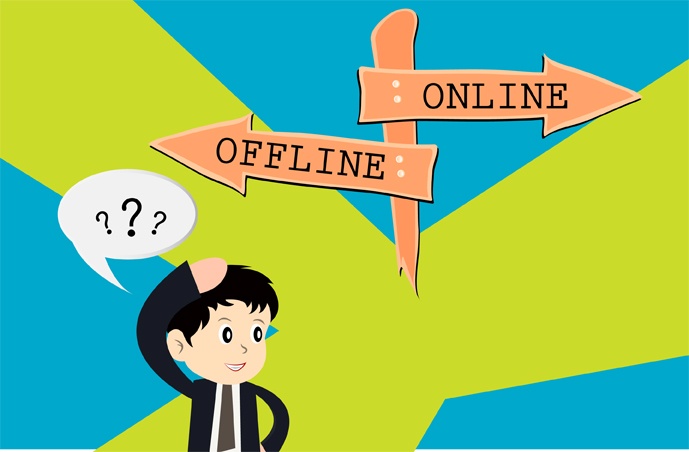
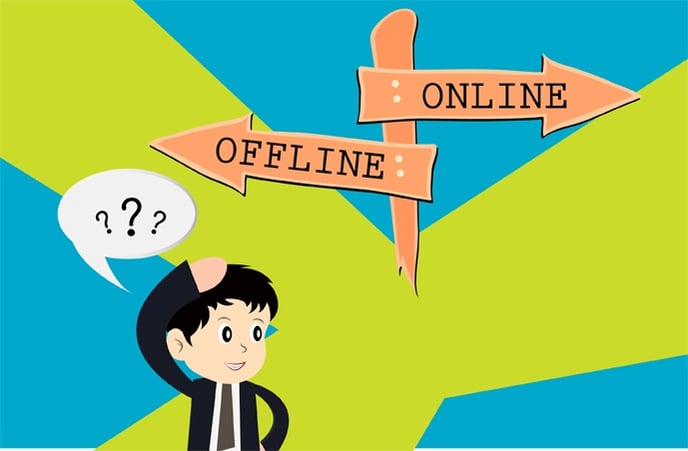
I was recently asked this question by someone I was trying to explain online marketing to. It is a very interesting question if you think about it, as the world seems to be going more and more digital-crazy, and the general feeling is that soon anything that is non-digital will disappear.
More than a third of senior marketing professionals believe that digital marketing will account for more than 50% of marketing spend by 2019. It certainly looks like it's going that way, as 28% of marketers have already reduced their traditional advertising budget to fund digital marketing activities according to this infographic created by Hubspot. This resulted in a growth in UK digital adspend by 16.4% in 2015 to over £8.6bn, as reported by the IAB.
It cannot be denied that the modern buyer's journey often starts from Google now rather than from traditional advertising. For instance, if you are looking for a new hoover for your home, the first thing you will probably do is go online and type in Google "best hoover for wooden floor". A list of articles and videos will appear, and you will start researching by reading comparison posts, reviews and demonstration videos. This is because you want to be as informed as you can possibly be before making a purchasing decision in order to ensure you won't regret it.
Therefore, if your product doesn't appear or insert itself inside this process, there is a risk of missing out on many potential sales.
So the questions are essentially two: is there still a place for traditional marketing? And how can online and offline start working together?
Is traditional outbound marketing still relevant?
We have said before that traditional marketing is dead. That doesn't mean that offline advertising is dead, but the old way of doing it certainly is.
The biggest areas in which the marketing spend is being reduced are newspaper and TV ads, according to the HubSpot infographic. The reason for that is that they are too general and not focused enough on a particular target persona. I and everyone here at Purple Frog strongly believe that you shouldn't be spending a single pound on anything that cannot guarantee you a return and that won't really resonate with as many potential customers as possible.
Here's an example I've given before, but it's always a good one to take out of the bag. A famous feminine hygiene brand spent millions of pounds to get ads for their sanitary towels displayed in all the major tube stations in London. We all agree that the tube is a highly frequented place, and lots of women will certainly see these ads, but there will also be just as many men and children there who will not be interested in buying the product. Therefore 2/3 of the people who will see the ad will not become customers. That is a lot of wastage, don't you think? Just because an ad is guaranteed to show your product or brand to a large amount of people, you always have to ask yourself: are they the right people? Will they actually become customers after seeing it? Can I prove or measure that?
The biggest fault of traditional marketing is the difficulty it poses in measuring it and tracking it. If you buy an ad in a newspaper, how can you measure how many people actually did buy your product as a result of seeing it? Yes, you could create a custom trackable link, but people rarely use those and prefer to find a company via putting the name into Google so it's not an accurate measurement.
The only way you can really track a customer's journey is if it goes online at some point or another, where you can capture their details and follow their journey from there.
For instance, we have found great benefits in combining online and offline marketing to promote our BIG seminars. We did quite a lot of promotion offline, with TV interviews and newspaper features, and all of these were aimed at getting people to go onto a specific landing page on our website that we created for the occasion, and convert them into online leads by downloading a free tool and using a form so that we could track and measure their journey from there onward.
Therefore, there is still a place for traditional advertising, but you do need to find a way to measure its return, budget it right and be really focused.
The role of face-to-face interaction
Online advertising, and especially inbound marketing strategies, should always allow for face-to-face interaction or a phone call at some point during the buyer's journey. It's all too easy to hide behind our computers and continue sending dozens if not hundreds of emails a day to potential prospects, but when it comes to actually closing the deal or convincing them to buy your product, a face-to-face conversation or product demonstration goes a really long way.
Face-to-face interaction still plays a big role in the buyer's journey, as it's also shown by the effectiveness of exhibitions and trade fairs. They still remain one of the marketing tools with the highest return on the investment, and this is because they offer the possibility of more emotional product presentations and the possibility to nurture personal relationships with clients and prospects by allowing a two-way communication.
Inbound and outbound marketing
We are great believes in inbound marketing, but one thing must be said about it: it requires a lot of time and patience to make it work. Sometimes you simply need to speed up things and accelerate the process, and the way you can do that is by incorporating outbound activities to it.
Just to give you a big of context if you are not sure about the difference between the two:
- Outbound marketing is what we would define as marketer-centred, with cold calling, cold emails (also referred as SPAM) and interruptive ads.
- Inbound marketing is a lot more customer-centric, with SEO, blogging and content marketing. Its focus is to get customers come to you, not the other way round, so you don't have to keep banging on closed doors, hoping customers will eventually notice you.
As previously mentioned with the promotion of the BIG conferences, we have recently seen how PR can be really effective if used in combination with an online landing page that enables you to convert visitors into leads. It can really help in spreading the word and getting more people to come onto your website and convert.
Producing leaflets pointing to a landing page and distributing them to a very targeted set of people or bringing them with you at the networking events you attend can also be a very effective (and inexpensive) way to generate awareness for your online activity.
The key thing here though, in order to make it work, is to promote your content offers instead of yourself! If you create for instance a leaflet or a press release that talks about how great you are and nothing else, people will switch off because they will see it as though you are trying to sell them something. However, if you promote a tool that will help them solve a problem, like a free guide or a blog post, then it will open up the conversation a lot more and people will be much more willing to listen or download your content offers, converting then into leads. You should never think that you want to sell something to someone, but that you want to help that someone. In this way, trust is built and the sale will come naturally afterwards!
Conclusion
The answer to the question asked in the title of this post is therefore: yes, they can work together. Even with the aggressive growth of digital, traditional marketing still plays a part in the buyer's journey, but it is important to integrate it with some digital elements or find a way to convert your prospects into online leads in order to be able to better track and measure the return on your activities.
More from Creative Marketing
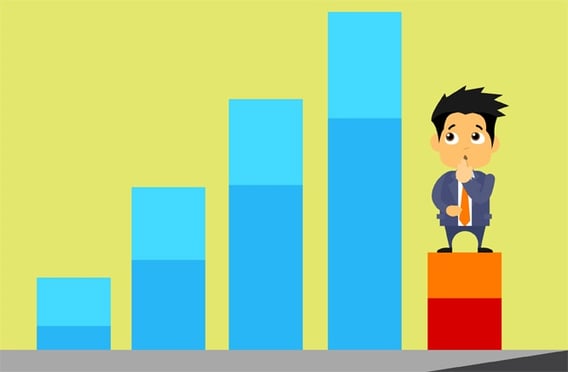
Is the Way you Budget Your Marketing Spend Wrong?
Marketing should never be a blind gamble, but a calculated risk that always guarantees you a return. If this seems like an...
7 Reasons Why Inbound Marketing is the Future for Professional Services Firms
Traditionally, marketing inside the professional services industry has consisted in attending lots of networking meetings every...



